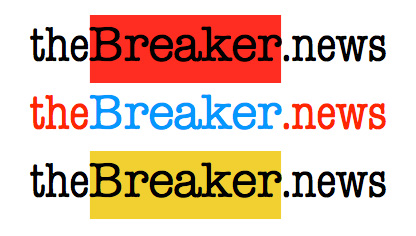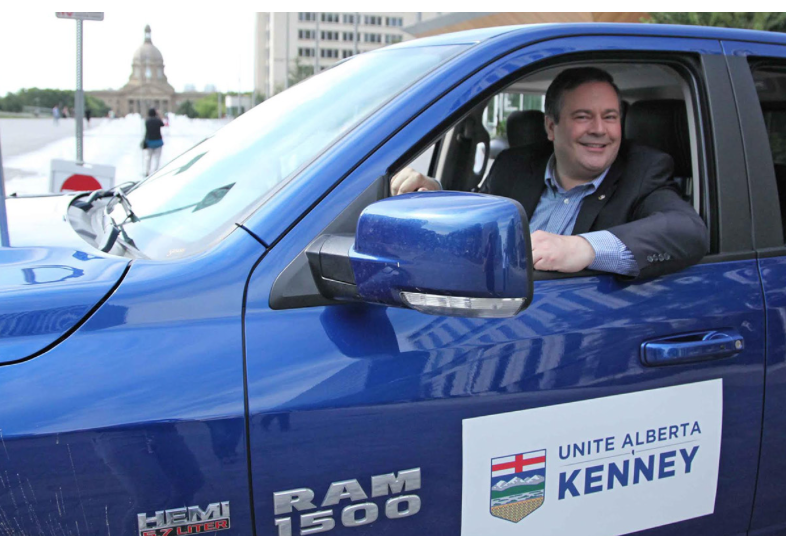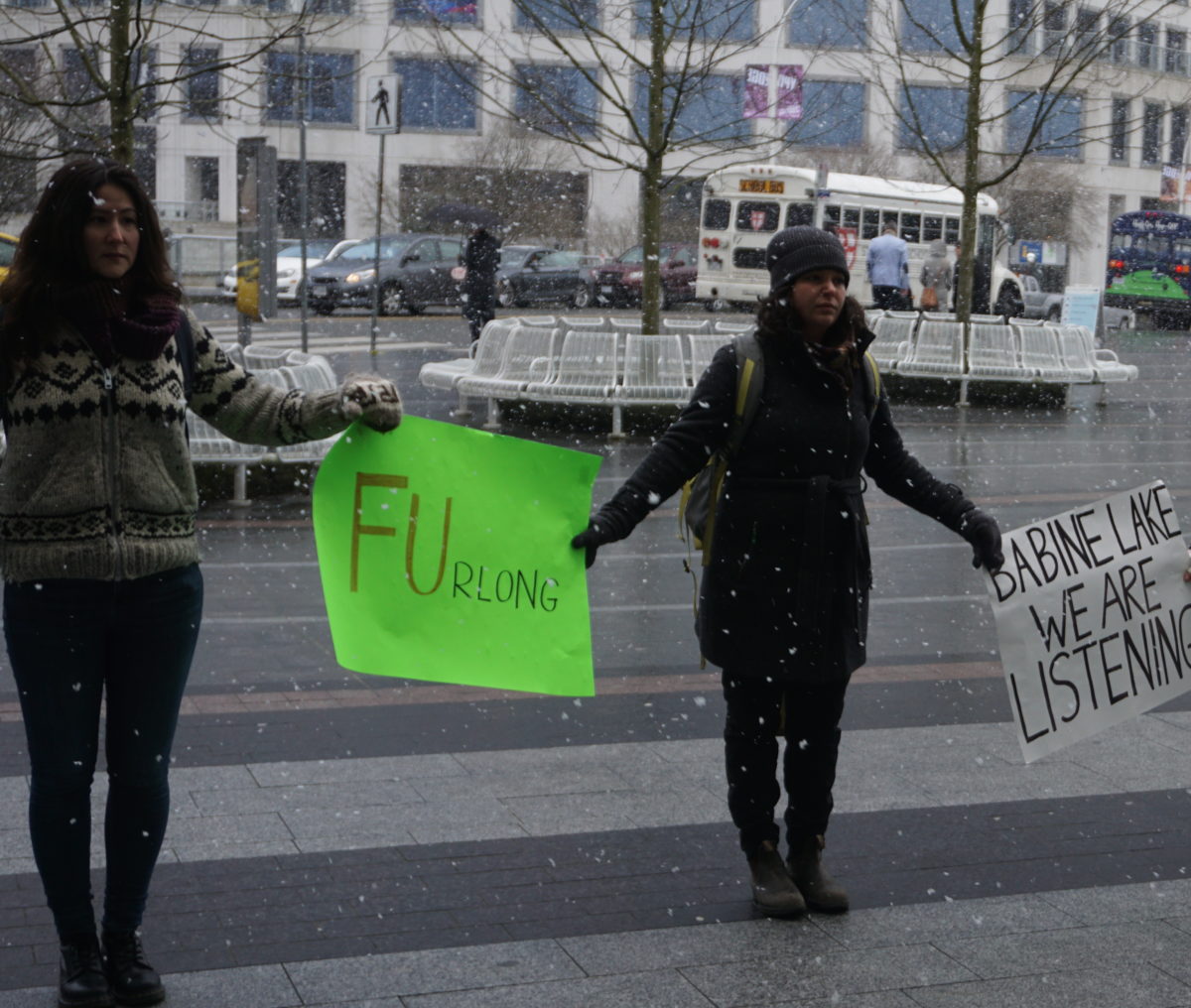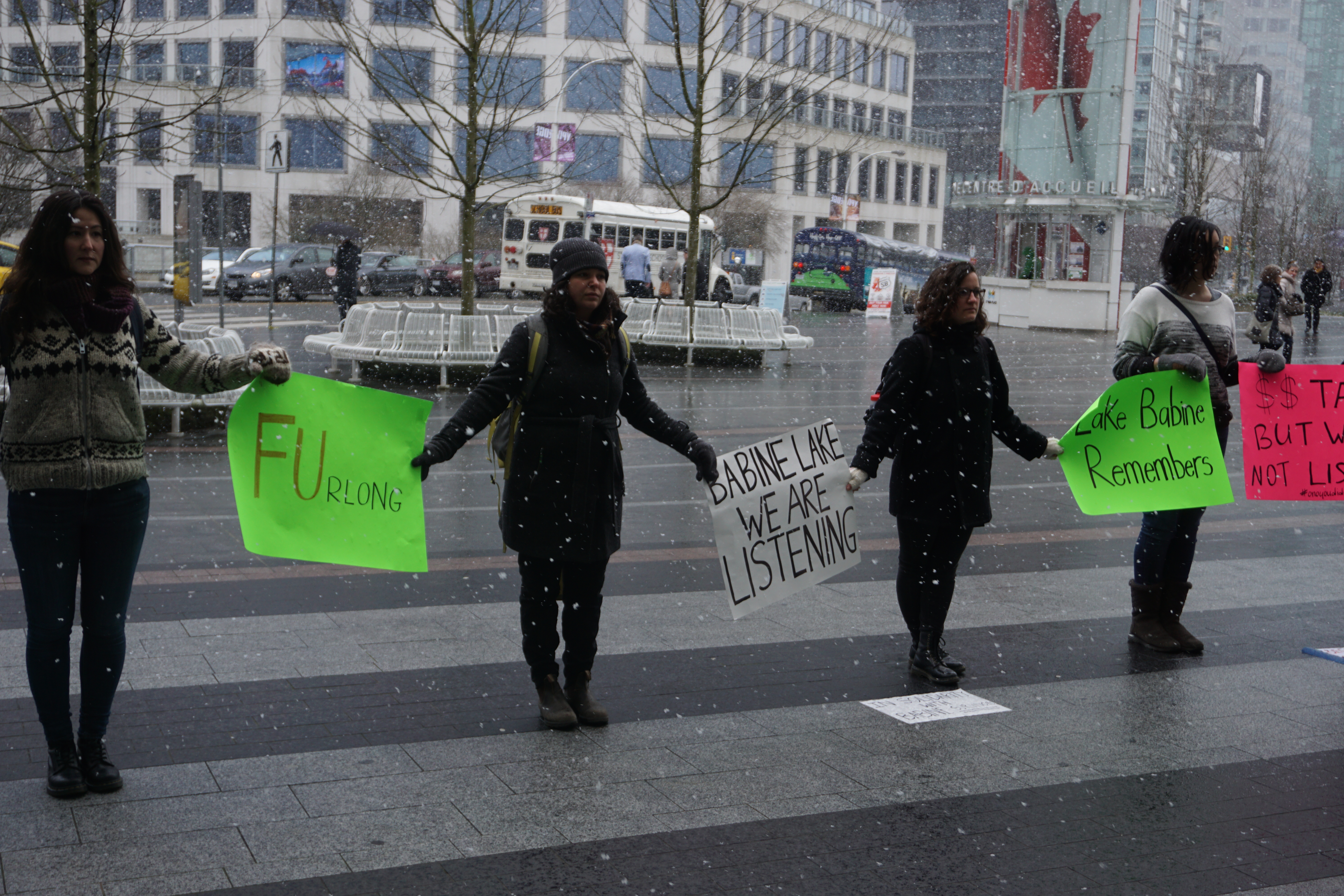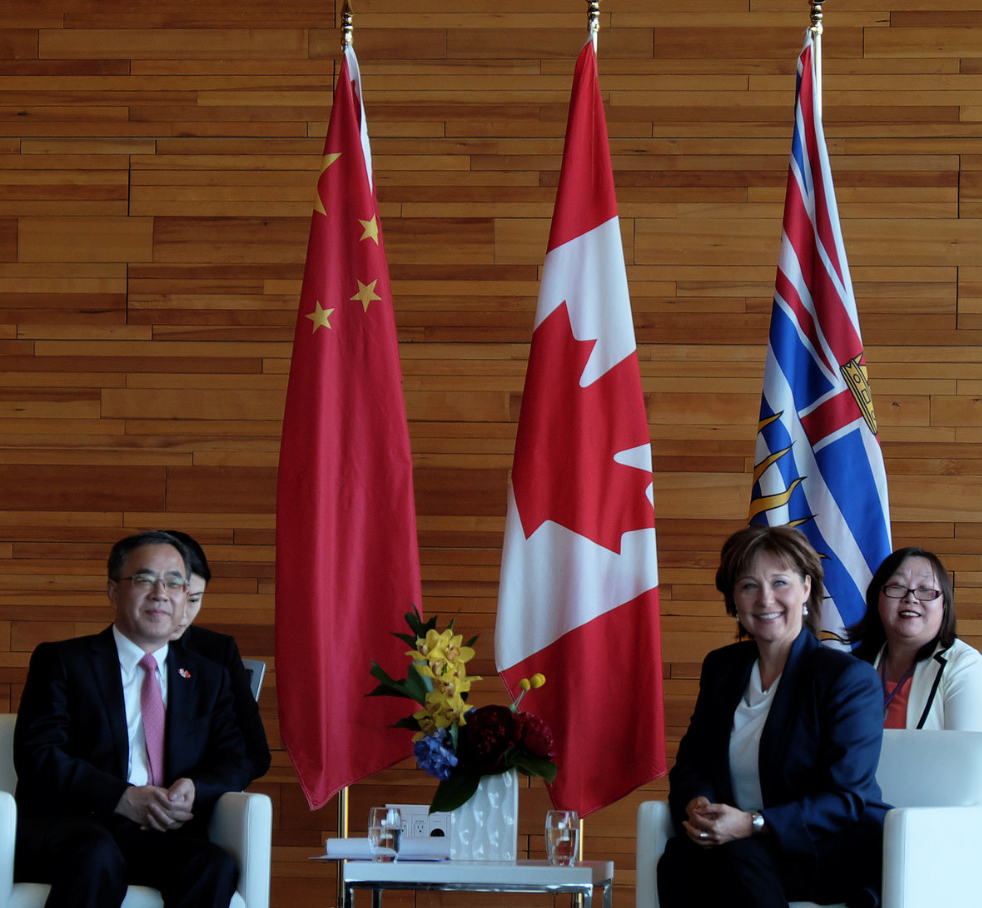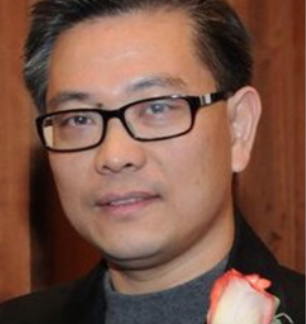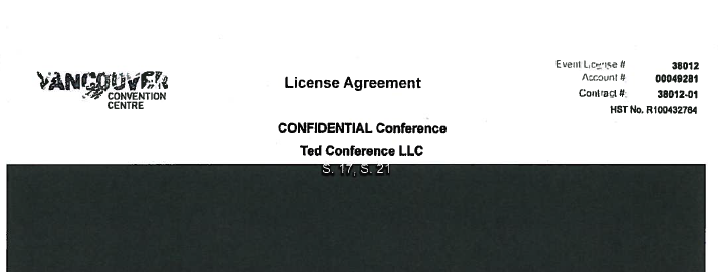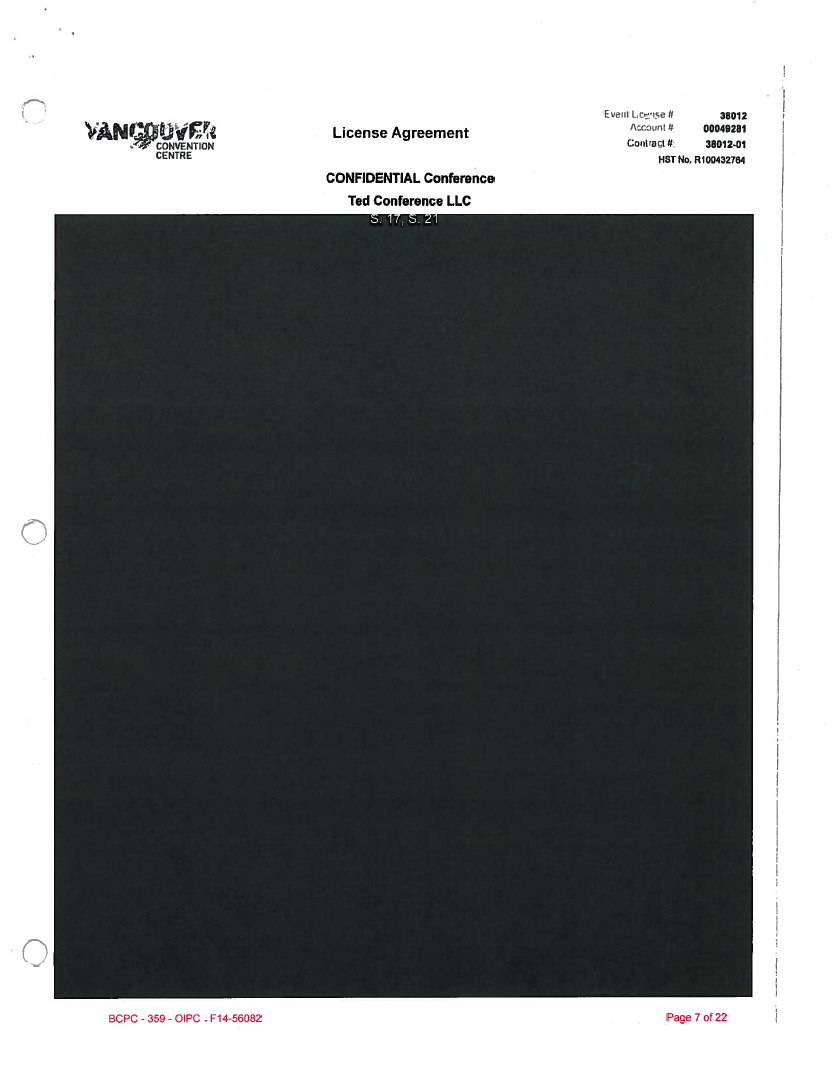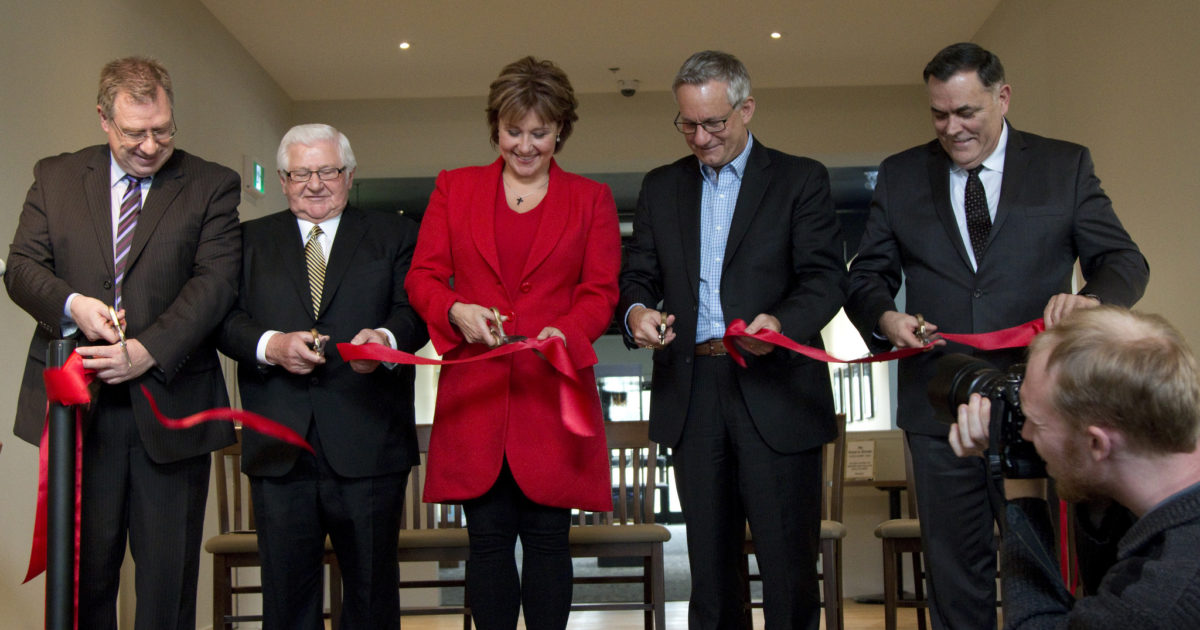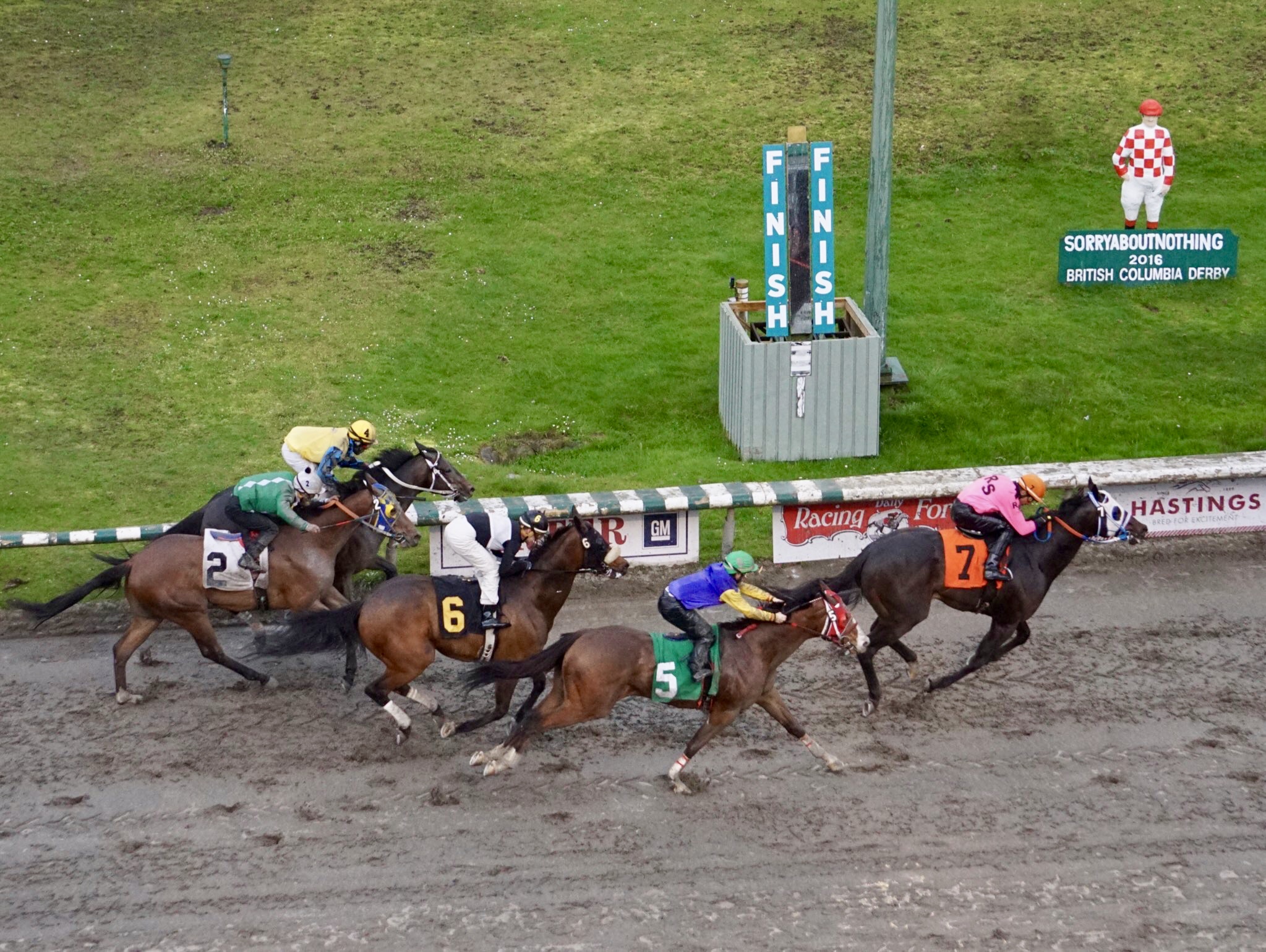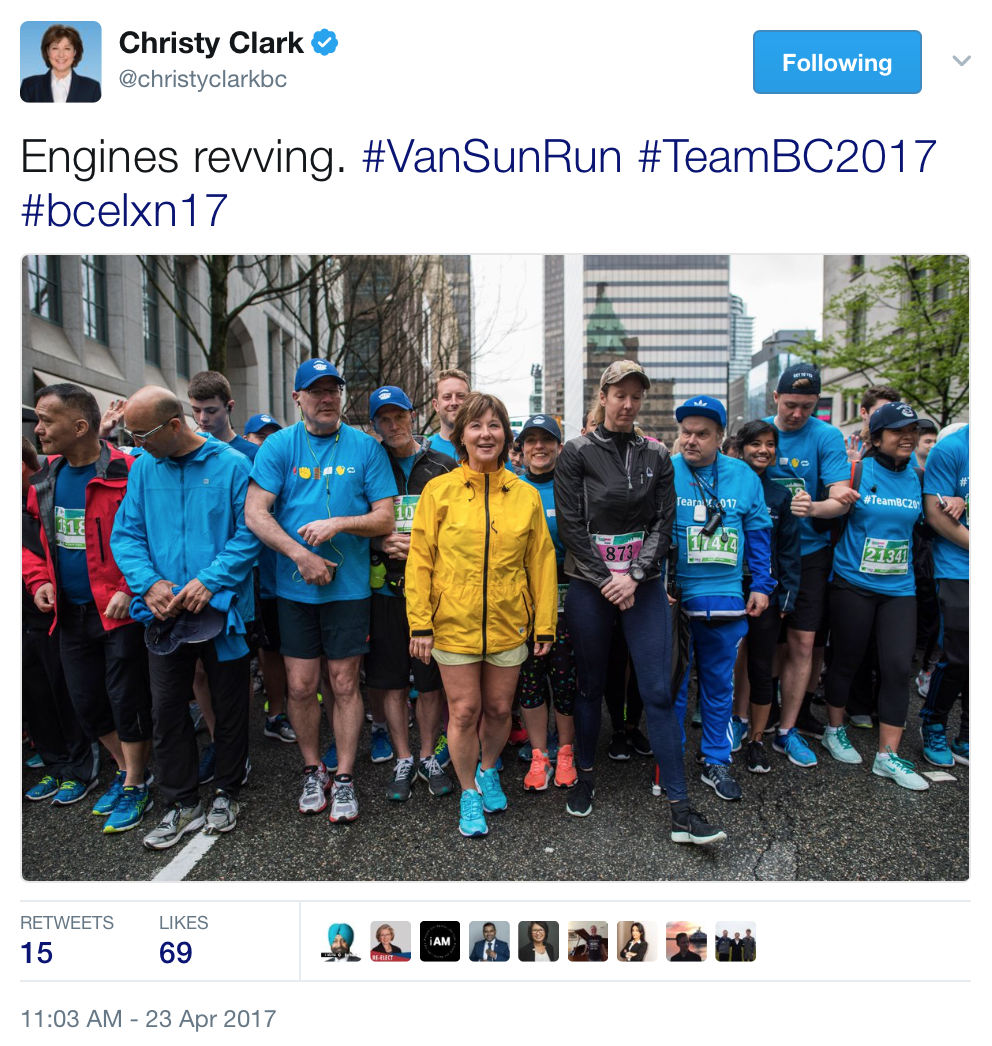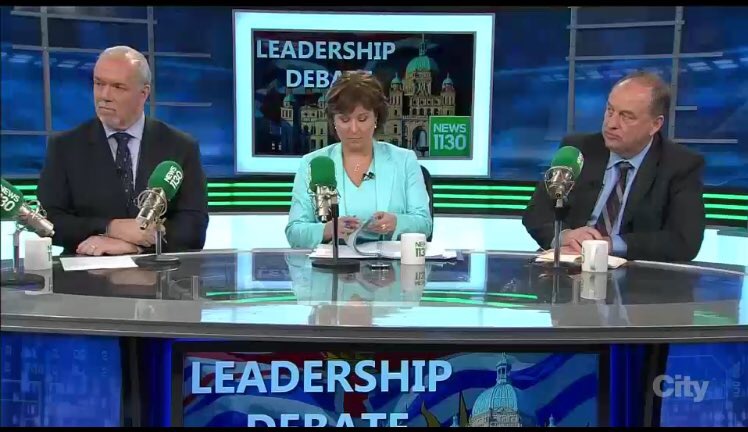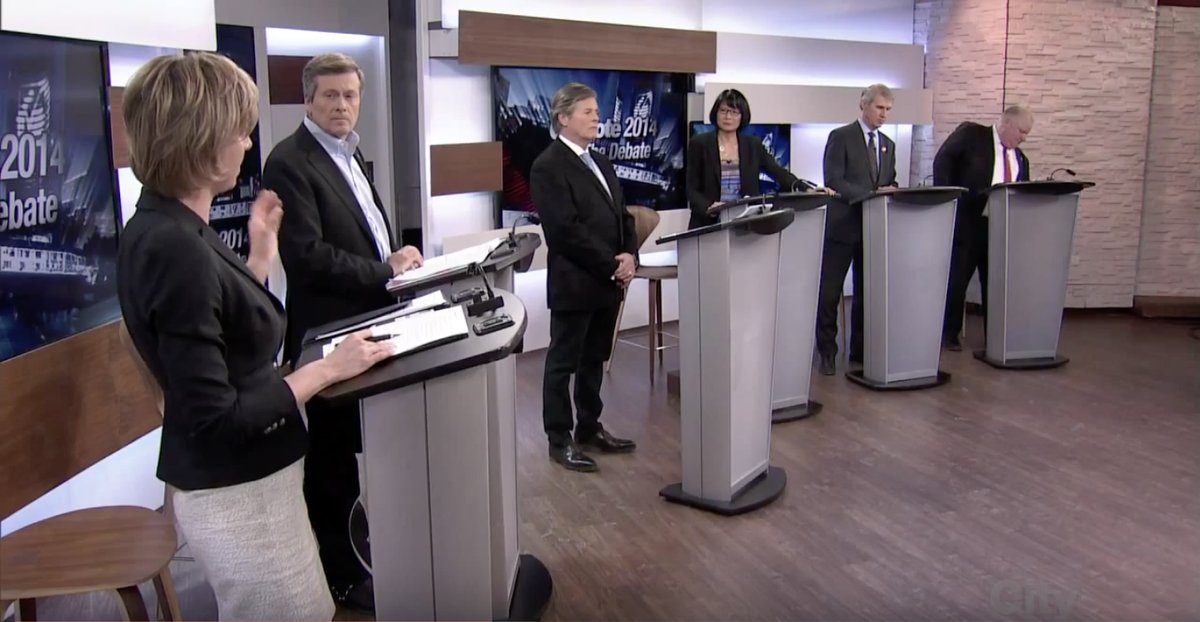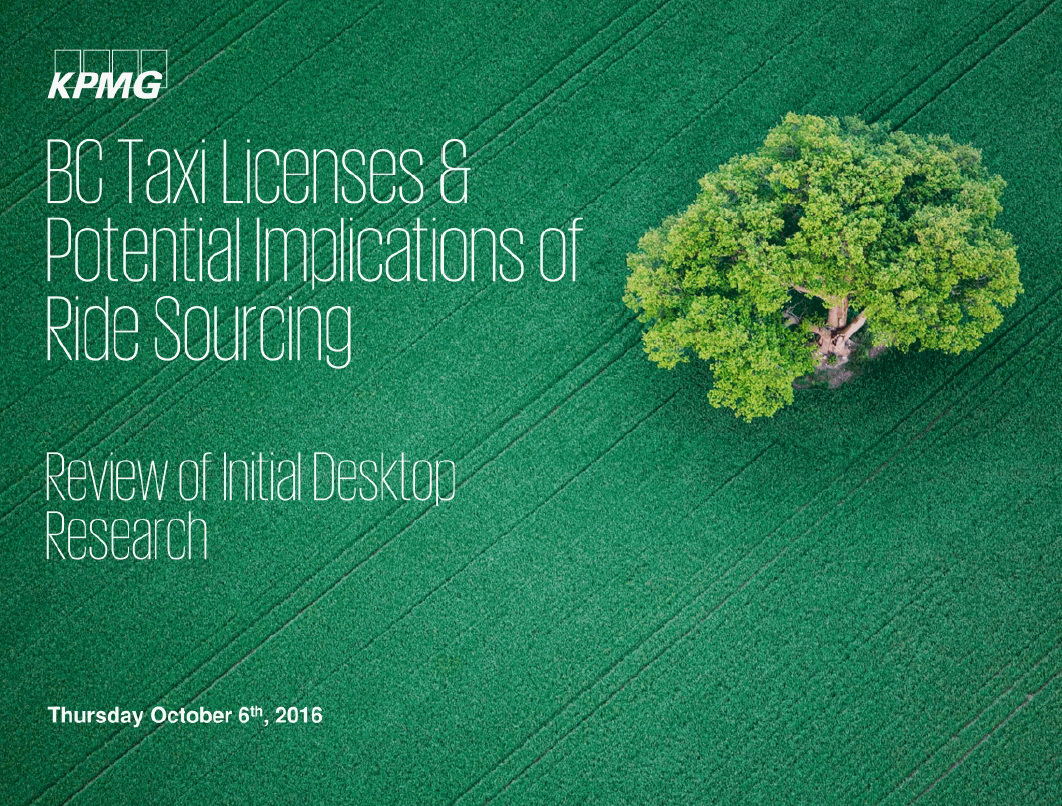Bob Mackin
February 6 was one of thef most-bizarre and pitiful days in British Columbia political history.
And there have been many.
B.C.’s Representative for Children and Youth, Bernard Richard, released his first major report, into the September 2015 suicide of Alex Gervais, at 10:14 a.m.
The 18-year-old in provincial care jumped out of a motel window to his death in Abbotsford. He had been in 17 different foster homes, under 23 social workers and caregivers. The government, through a delgated aboriginal agency, was paying $8,000 a month to an abentee caregiver. It was yet another damning report from the childcare watchdog’s office, slamming mismanagement and incompetence under Liberal rule.
The same day, at 12:35 p.m., BC Liberal communications director Emile Scheffel started a series of Tweets that claimed the party’s website had been hacked. Liberal fingers were pointing at the NDP.
Premier Christy Clark amplified those allegations the next day, but started to walk back from them in mid-week. She had no evidence. She later feebly claimed she had jumped to conclusions.
NDP leader John Horgan threatened legal action. By the end of the week, Clark issued a reluctant apology. She said she left Horgan a voice mail, before she spoke to reporters by speakerphone. Clark loves cameras and enjoys making selfie videos, but on Feb. 10, the terminal campaigner didn’t want to be seen making an apology.
Province columnist Michael Smyth revealed that independent Delta MLA Vicki Huntington’s aide had found a spreadsheet with contact information for 100 Vancouver Island respondents to a Liberal survey.
The document was hiding in plain view on the Liberal website.
So there was no hack and the NDP wasn’t involved at all.
What did the public say?
theBreaker filed a freedom of information request for correspondence to the Office of the Premier, which censored the names of the writers.
Many of those writers said they were Liberal supporters at the end of their rope, with both the mistreatment of children in provincial care and the false hacking allegations.
Here are the excerpts.
Feb. 7, 6:18 a.m.
I follow the issues of youth and children in care and what you have done is wrong, cruel and borderline criminal.
Throughout Gordon [Campbell’s] and your government we have had just lies, lies and lies regarding this issue.
On top of it you tried to make Mary Ellen Turpel Lafond look bad. We the public know better. You will be out of the premier’s office and Ms. Cadieux will be gone (thank God), however the next premier will have to deal with many permanent crisis created by your heartless decisions and narrow minded actions.
“As a member of this society I am short of words to express myself. Upon reading about this young man’s death I could not help but cry. I asked myself: how could a mother like Christy Clark not do something vital and proper to help children and youth in care? Why she allows people on disability just 900 dollars a month? How come welfare rates are so low? Why she didn’t place money on affordable housing before the election campaign? Why B.C. has the highest child poverty rate among all the provinces?
You are both heartless people and your mandarins are too.
I have no respect for a government and a bureaucracy that steps on the weakest of our communities.
As a mother, grandmother and great grandmother I am ashamed for you all.
Feb. 6, 3:29 p.m.
Please fire Stephanie Cadieux – she does not have the ability to do the job.
Feb. 6, 2:39 p.m.
Due to this very damning report, I am calling for the resignation of Stephanie Cadieux.
The lack of action by this government is appalling. Something must be done immediately and it must start with a new minister of MCFD and an apology from government to the families who are affected by this tragedy and the others that have occurred in the law few years must happen.
Feb. 8, 7:48 a.m.
I was stunned to see and hear you on television yesterday defending keeping Stephanie Cadieux in her position. This is not the first time Stephanie has been in in the news and not for good work either! Stephanie’s Ministry of Children is a disaster…
Feb. 7, 6:33 p.m.
Care givers should be screened but the one you people had looking after Alex Gervais wasn’t. And to say it’s not perfect, really is that it?
You could’ve come up with something better?
But I guess this is to be expected from someone who eats off a $5,000 plate.
Feb. 8, 9:43 a.m.
Whatever happened to families first?
Why can’t our province concentrate on intense, quality help for troubled children to prevent them from ending up in care and eventually addicted to drugs instead of slapping band aids on the epidemic drug problems and pretending that that’s really making a fundamental difference?
Feb. 9, 9:50 a.m.
You need to apologize to the NDP and B.C. citizens immediately or have a formal police investigation. Your record of truth distortion has already cost someone his life. If this is yet another lie — good luck with that garbage election time. B.C. citizens aren’t Trump fans and we’re fed up with liars. We know this was an arrogant attempt to divert attention from the Alex Gervais issue. Say his name Premier Clark, Alex Gervais. Another dead youth in care under your government. Apologize today. Show some class.
Feb. 9, 11:03 a.m.
You lied about NDP hacking and then proceeded to conduct your own investigation which is illegal.
This was just icing on the cake for you this week, we haven’t forgotten that you rolled back the foreign home buyers tax and that your corrupt government is responsible for the death of Alex Gervais. We will not forget the multiple children who have died because of YOUR incompetence and greed.
You’re a disgraced premier, we demand your resignation.
Feb. 6, 6:34 p.m.
It is time for a new minister who will show compassion and dedication to one of the most important ministries. Children are our most important responsibility.
Feb. 7, 8:29 a.m.
…things like this would never, ever, ever have happened when Grace McCarthy was minister.
So many retired social workers have said the same to me over the years.
Feb. 6, 12:23 p.m.
As a Liberal supporter and voter, I’m so disappointed in the report that was released today about the you 18 year old that committed suicide in 2015.
If you’re minister Stephanie Cadieux doesn’t step down immediately or isn’t fired. I can slo longer vote Liberal moving forward.
If Stephanie is still in the same role when voting day arrives, my vote will go to NDP.
Feb. 7, 10:50 a.m.
I do think that your party has done more good for this province than bad. However, if you do not fire or get Minister Stephanie Cadieux to resign, my wife and I for the first time ever will vote NDP just to send a message. She should actually be sentenced for murder. Don’t you see that?
Feb. 8, 8:17 p.m.
The assertion in front of the TV cameras, with no corroboration, marks the lengths to which this government will go to discredit others with fake news.
Feb. 8, 4:32 p.m.
Liberal hack? There is a well known saying that goes something like this: engage your brain before putting your mouth in gear.
Feb 9, 6:50 a.m.
I am so shocked that the dirty tricks of the Trump administration are now being employed here in Canada — seemingly by you.
Feb. 8, 10:05 p.m.
It is really cold out there right now. Ask Linda Reid if that bun warmer she has going is noice and warm. I see street people trying their best to stay warm and get a meal. Reminds me a lot of Dr. Zhivago.
People in the streets freezing cold and the fat cats in government warm, dry and eating caviar.
Feb. 8, 5:29 p.m.
Some of the most conservative, even libertarian, young people I know are vowing to not vote for you over the decisions your goverment has made…
Furthermore, the cash for access fundraising is very offensive.
Now today we hear you on the radio going the Trump route of making allegations without providing evidence when asked for it.
Feb. 9, 10:34 a.m.
You say British Columbians aren’t concerned about this I am am! You’re a liar. I’ve always voted Liberal I will not this time around you don’t deserve the seat you’re sitting in.
Feb. 9, 7:53 a.m.
To start suggesting it’s going to be dirty politics this election is on all you and while I have supported Liberals in the past, your behaviour and arrogance has run thin.
Feb. 9, 10:36 a.m.
Clean up your actions.
Feb. 9, 9:50 a.m.
You need to apologize to the NDP and B.C. citiziens immediately or have a formal police investigation…
Feb. 9, 11:03 a.m.
We will not forget the multiple children who have died because of your incompetence and greed. You’re a disgraced Premier, we demand your resignation.
Feb. 9, 7:38 a.m.
Too bad you have to resort to Trump like tactics, with your unfounded hacking accusations. Just shows what a lying piece of crap you are.
Feb. 8, 3:37 p.m.
I have never voted NDP in my life and I support the Kinder Morgan pipeline. But I will be voting NDP in the election because I cannot stand the arrogance and stupidity of Christy Clark and her government.
Feb. 9, 12:23 p.m.
This proves you are not able to run the province and you cannot even run a server — should we start calling you Hillary or Nasty Woman?
Feb. 9, 8:15 a.m.
Keep it up Christy and soon no one will believe you, not just those of us who grew tired of your lies long before now.
Feb. 9, 12:33 p.m.
Your job is not to jump to conclusions.
You as the premier must set the example for taking the moral high road.
Feb. 9, 12:19 p.m.
Lying about the hacking of a document on your website and blaming the NDP for committing a crime is about your lack of ethics.
You are an endless embarrassment to B.C.
Feb. 8, 7:13 p.m.
I am offended that you think I don’t care whether the premier of my province thinks its ok to accuse without evidence.
Feb. 9, 2:53 p.m.
Please stop trying to distract the public from the deplorable report on the Ministry of Children and Family Development. The government has balanced the budget over the last dozen years on the backs of children (education) and the vulnerable (MCFD) of this province. A deplorable record.
Feb. 9, 3:13 p.m.
Stealing bullshit from the Trump administration. You are a disgrace to Canada.
Feb. 9, 5:16 p.m
Is this the kind of election that we can expect with your millions of dollars of donations from real estate agents and other millionaires? I scrape by to pay my medical premium while you get your expenses paid. I hope that this is just one more nail in the coffin of the Liberal Party of B.C. when it comes to the election in the spring.
Feb. 9, 5:33 p.m
Your reckless remarks do not dignify the office to which you hold.
Feb. 9, 5:39 p.m
I am not an NDP voter but if you don’t work this one out to my satisfaction you will certainly not get my vote in the upcoming election and I am afraid that many voters may respond in a similar way.
Feb. 9, 5:43 pm.
We will not stand for politicians gas lighting and throwing out unsubstantiated accusations. I want proof or a public apology.
Feb. 9, 7:42 p.m.
It is abhorrent enough to see the decline in civility and truth sough of the border. DO not bring this ugliness to B.C.
Feb. 10, 7:55 a.m.
You are being called out by almost everyone, is it because you are just getting sloppy or are people finally getting on to you and your tricks, shades of you university days??
Feb. 10, 8:26 a.m.
I’m ashamed to say I voted for your party in the last election.
Feb. 10, 9:22 a.m.
British Columbians are fed up with your arrogant behaviour. You need to resign now.
Feb. 10, 11:21 a.m.
British Columbia does not need a Trump-lite premier.
We are not a fan of the NDP but it is time for a change of government in this province. It is time to clean house – the Liberals have been in power too long as seen in your behaviour over the hacking to cover up the deep problems in social services, etc.
Feb. 10, 4:30 p.m.
More pitiful examples of how you are inappropriate to be B.C.’s premier.
Feb. 10, 5:06 p.m.
Behaviour unbecoming a premier.
As a long time supporter, including my vote for you during the leadership campaign, I am very upset at your actions over the past few days.
Feb. 10, 5:33 p.m.
My parents said to me more years ago than I care to remember that telling part of the truth is nearly as bad and sometimes as bad as lying. You just proved my point.
Feb. 10, 7:59 p.m.
Resign!!!
OOP-2017-70699 copy by BobMackin on Scribd
Bob Mackin
February 6 was one of thef



